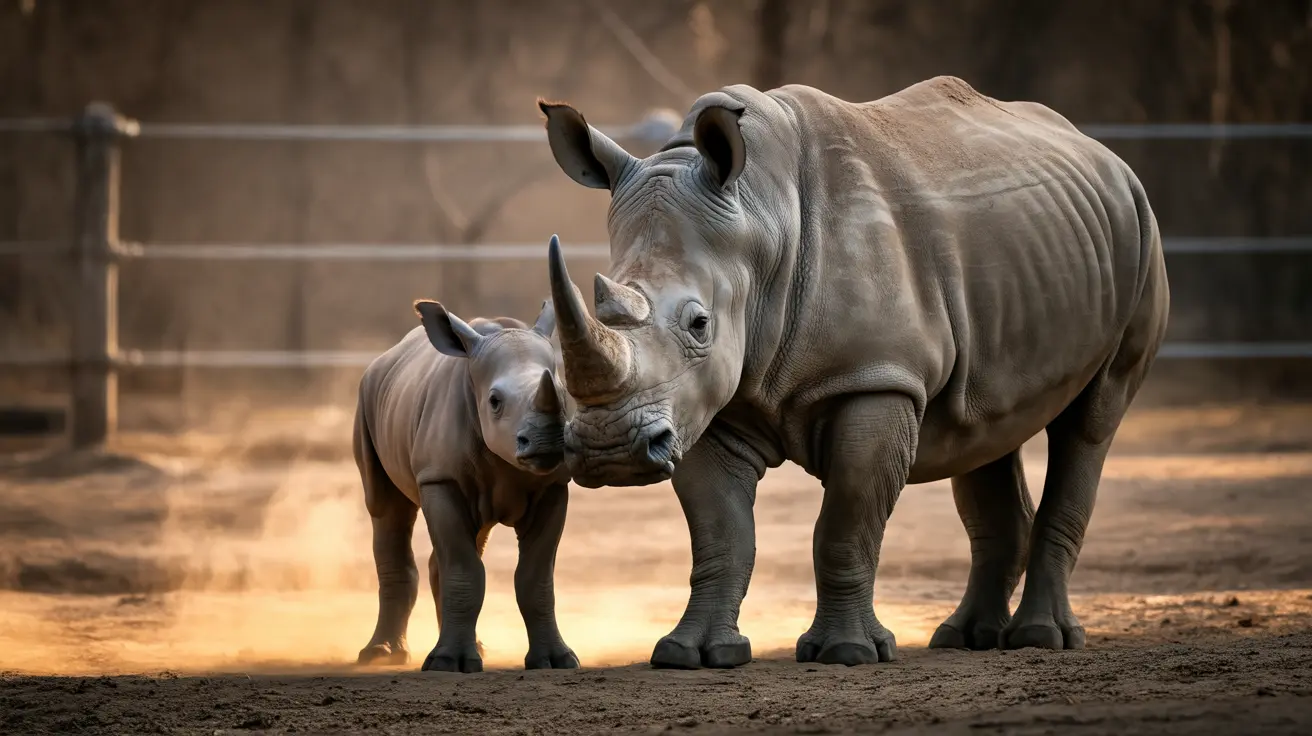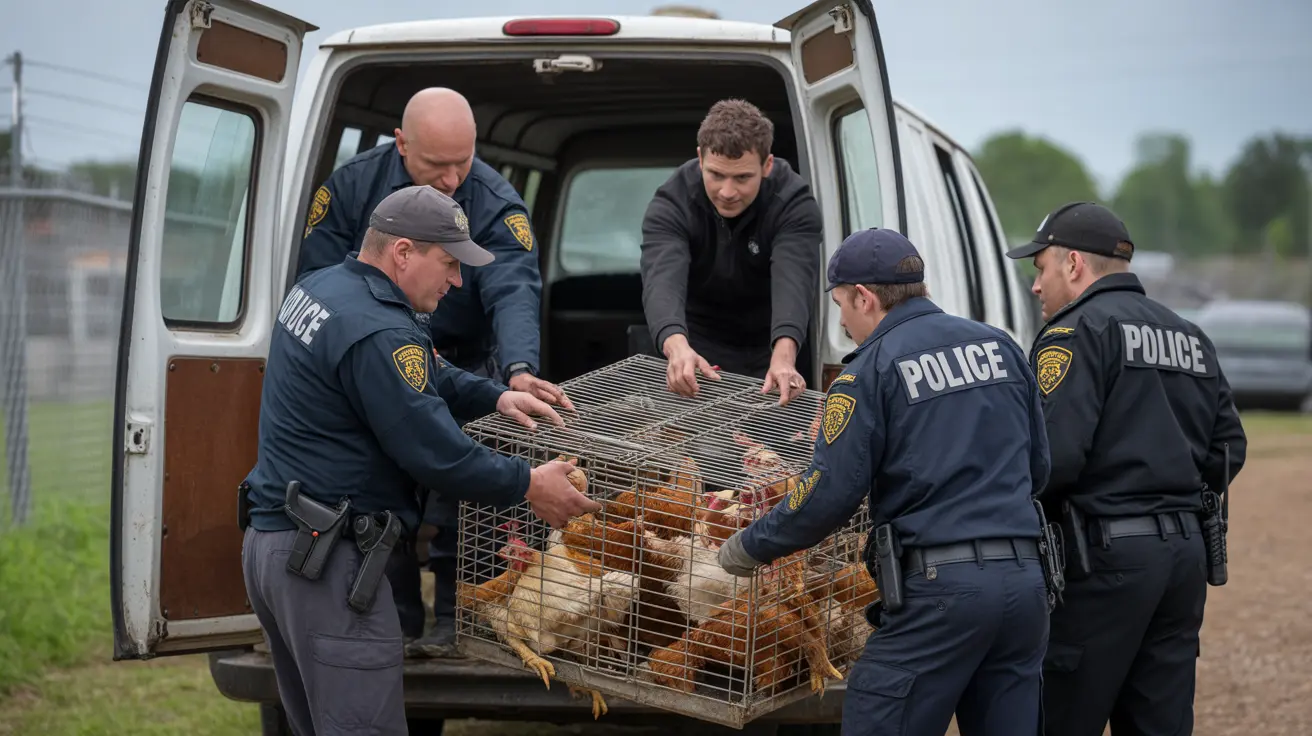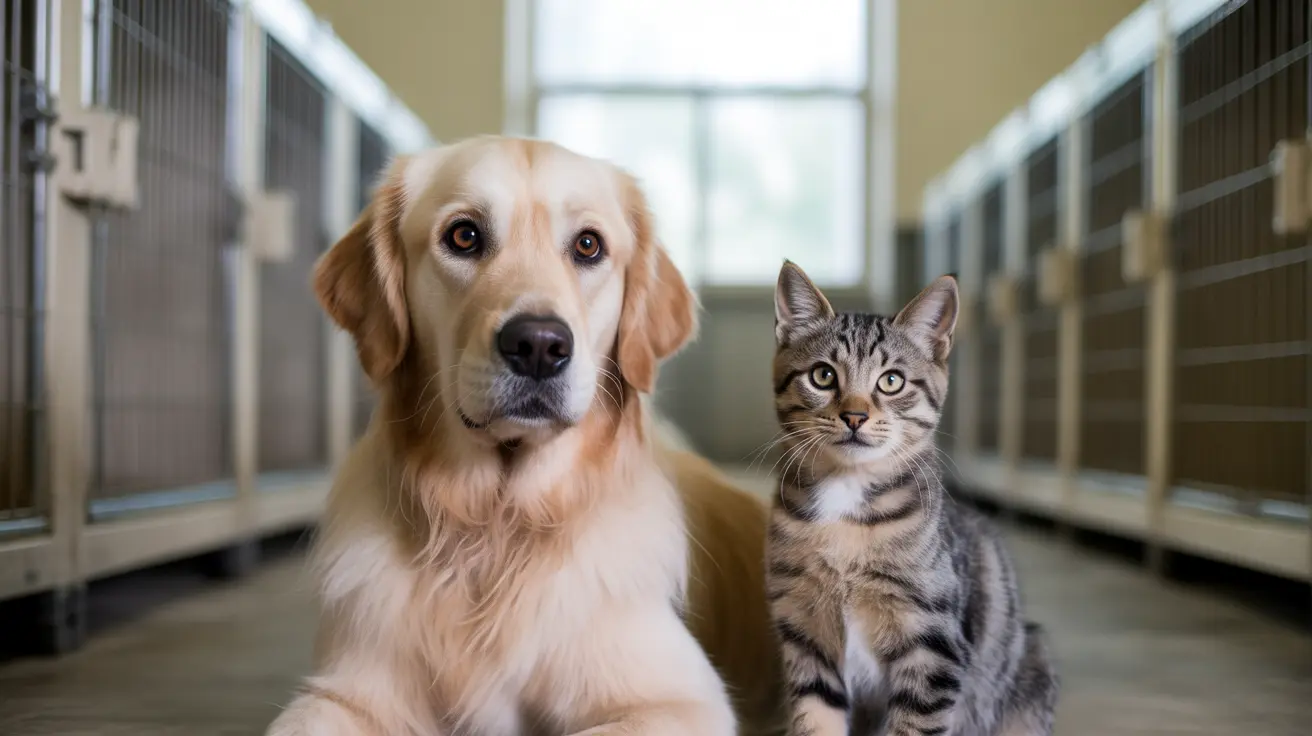Understanding the Wildlife Trafficking Crisis
The illegal wildlife trade continues to threaten biodiversity across the globe, with certain species bearing the heaviest burden. Elephants and rhinos remain primary targets due to the high value of ivory and horns in black markets, while lesser-known species like pangolins face equally severe threats.
Impact on African Wildlife
African elephants and lions face particularly severe challenges, with poaching activities significantly impacting their populations. These keystone species play crucial roles in maintaining ecosystem balance, making their protection essential for overall environmental health.
Conservation Anti-Poaching Efforts
Modern conservation initiatives increasingly rely on sophisticated approaches to combat wildlife crime. Anti-poaching technology has evolved to include thermal imaging cameras, GPS tracking systems, and drone surveillance, providing rangers with powerful tools to protect vulnerable species.
Community Ranger Training
Local communities play a vital role in wildlife protection efforts. Professional ranger training programs equip community members with the skills needed to monitor and protect wildlife while providing sustainable employment opportunities in conservation areas.
Endangered Species Protection Measures
Conservation organizations are implementing multi-faceted strategies to address poaching challenges:
- Enhanced surveillance systems
- Improved law enforcement coordination
- Community-based conservation programs
- International cooperation against trafficking networks
Current Poaching Statistics and Trends
While exact numbers remain challenging to verify, wildlife crime prevention efforts have identified several wildlife trafficking hotspots where increased vigilance is essential. These areas often correspond with regions housing significant populations of targeted species.
Frequently Asked Questions
What are the most commonly poached wild animals globally and why?
The most commonly poached animals include pangolins, elephants, rhinos, antelopes, buffalo, lions, and apes. These species are primarily targeted for their body parts such as ivory, horns, scales, and meat due to high consumer demand and lucrative illegal trade.
How does poaching impact wildlife populations and ecosystems?
Poaching drastically reduces populations of iconic species, leading to ecosystem destabilization because keystone species like elephants and rhinos play crucial roles in maintaining habitats. It also undermines conservation efforts and local economies dependent on wildlife tourism.
What measures are currently effective in combating poaching?
Anti-poaching success involves site-based protection, intelligence-led enforcement, use of advanced technology like thermal cameras and real-time tracking devices, community ranger training, and international cooperation to disrupt trafficking networks.
Taking Action Against Wildlife Crime
The fight against wildlife poaching requires global cooperation and sustained commitment. Conservation organizations continue to develop innovative solutions while working closely with local communities and law enforcement agencies to protect vulnerable species.
Everyone can contribute to wildlife protection by staying informed, supporting legitimate conservation efforts, and avoiding products derived from endangered species. Through collective action and awareness, we can help ensure these magnificent creatures survive for future generations.






